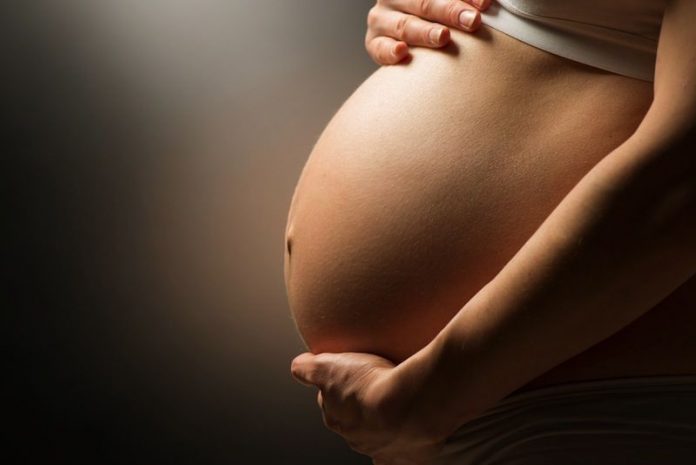A recent study published by researchers from the University of London and presented at the British Psychological Society, suggests that “pregnant women use the right side of their brain more than new mothers do when they look at faces with emotive expressions”.
“Our findings give us a significant insight into the ‘baby brain’ phenomenon that makes a woman more sensitive during the child bearing process…The results suggest that during pregnancy, there are changes in how the brain processes facial emotions that ensure that mothers are neurologically prepared to bond with their babies at birth.”
A brain scan of 39 pregnant women and new mothers examined their neuropsychological activity as they looked at images of the faces of both adult and infant faces. Some of the faces had positive expressions and others had negative expressions. “The results showed that pregnant women used the right side of their brain more than new mothers, particularly when processing positive emotions”.
The study used the chimeric faces test, which uses images made of one half of a neutral face combined with one half of an emotive face to see which side of the participants’ brain is used to process positive and negative emotions.
Dr Bourne said: “We know from previous research that pregnant women and new mothers are more sensitive to emotional expressions, particularly when looking at babies’ faces. We also know that new mothers who demonstrate symptoms of post-natal depression sometimes interpret their baby’s emotional expressions as more negative than they really are.
“Discovering the neuropsychological processes that may underpin these changes is a key step towards understanding how they might influence a mother’s bonding with her baby”.








